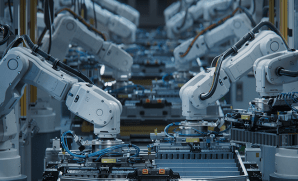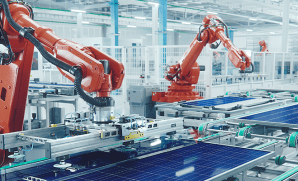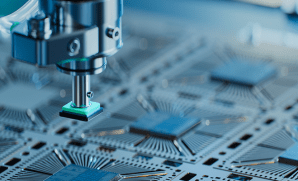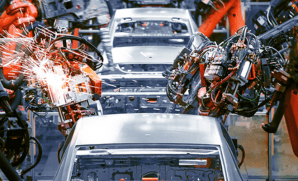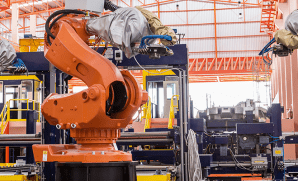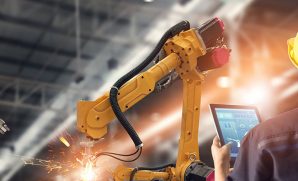Keeping up with the future of customer experience in manufacturing
Publish Date: May 13, 2022There was an influx of companies across diverse sectors putting in a lot of money into tools and technologies to help them better understand their consumers. With the onset of the Covid-19 global pandemic, there was a bump in these advancements to keep business afloat ranked high on the priority list. Like practically all businesses, Manufacturing too was forced to change its business practices swiftly and fundamentally in the aftermath of the pandemic. What’s remarkable is how profound and game-changing the impact was for manufacturers, as supply chains dried up and customers’ purchasing habits transformed dramatically- right from necessities to other requirements. Manufacturers quickly realized they required more reliable forecasting of continuous changes in customer demand and stable supply sources.
According to a report by Harvard Business Review, 26% of manufacturing executives said they are highly likely to invest in personalized products and services to support their customer experience strategy [1]. Thus, customer-centricity has surpassed product-centricity in today’s manufacturing environment. Those involved in the decision-making process understand that investing in being customer-centric will add value to the entire company, including their staff and distributors or partners.
Impact of Covid-19 on transformation
The same report also states that 82% of manufacturing executives feel Covid-19 caused their organization to change how it engages with customers via digital tools. While the manufacturing industry is not alien to digital modernization techniques as robotics and CNC machinery have long been used in factories, the pandemic surely put a dampener on implementing advanced strategic change. However, with gradual ease over the past few months, manufacturers are embracing digital- unlike in the past when manufacturers had only limited communication with purchasers once a product was acquired, digital platforms are assisting companies in building ongoing relationships with consumers. Manufacturers are also coming up with novel methods to employ the new digital customer engagement technologies that have been introduced recently during the Covid-19 crisis.
Data grows in importance
Data is also being used more frequently by manufacturers to boost sales and demand predictions. Companies in the manufacturing industry must collect a wide range of data, from product demand, price trends, order rates, and sales predictions to service and support performance and supply chain status, to deliver excellent customer service. However, one of the primary problems that manufacturers confront in their quest to become more customer-centric is the complexity of gathering and comprehending a varied range of relevant data. Legacy systems, such as (ERP) platforms that can’t effectively interface with other business systems to share data worsen data management issues. In the manufacturing arena, to be a forward-thinking company, organization must frequently update internal systems and invest enough in data collecting and analytics across their businesses.
CX Requires Cultural and Policy Changes
Manufacturing consultants emphasize that enabling data-driven businesses with high CX requires more than a few well-targeted IT investments. New changed management tactics may require fostering cross-functional data sharing and support a culture of collaborative decision-making. Collaborations are necessary for company’s internal and external ecosystem, as growing a data-driven CX culture may include a combination of further training for existing business workers and the employment of new talent.
Regarding policies, manufacturers should update data governance compliances to better support CX goals as they outline new technology and cultural initiatives. One of the strategies could include the IT department to understand specific information needs and ensure that updated governance rules do not prevent relevant data from reaching decision makers.
Driving Profitable Growth
Digital transformation activities at industrial organizations have resumed and, in many cases, surged after being put on hold for a few months. There is an acceptance that modernization plans can bring about improvements needed to handle the pandemic’s remaining disruptions and give long-term benefits, such as the competitive advantages of providing excellent customer service. Manufacturers are upgrading transformation strategies, investing in new data management and analytics technology, and supporting cultural and policy reforms to promote data-driven decision-making to improve CX and develop customer-centric cultures.






